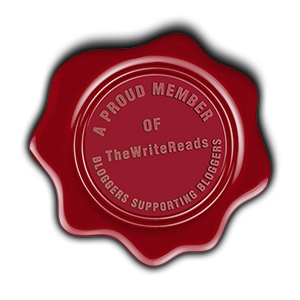 Now we get to the cover… that one part of our book that you’re not supposed to judge it by. (yeah, right) This topic alone has so many links and directions to head out to on the internet, that just researching book covers is an adventure all its own.So, since this is the nitty gritty version of getting our book published, we’re gonna go for the quick and easy steps that you can take to get a book cover.
Now we get to the cover… that one part of our book that you’re not supposed to judge it by. (yeah, right) This topic alone has so many links and directions to head out to on the internet, that just researching book covers is an adventure all its own.So, since this is the nitty gritty version of getting our book published, we’re gonna go for the quick and easy steps that you can take to get a book cover.
1. Pay for it. Just like a tattoo, what you pay for the job is pretty conversant with the quality you’re gonna get. You’re also going to get someone who’s familiar with design (you hope), so it should automatically be better than something just thrown together. Just be careful. Make sure there’s a contract and that there’s something about revisions in there. There are even options to buy pre-made covers. You just add the title and your name and blammo… you’re done.
2. Use a program to do it. There are TONS of free software programs… there are even more that you can pay for (is it worth it? ask yourself how many book covers you plan on making). Youtube has more tutorials than you can shake a stick at. A few hours of learning a program will place you in the perfect position for making a simple cover.
2a. This one has its own topic just because it’s so cool. CANVA. Click on over, I dare you. Canva is a super simple vector-based, online graphics program. It has a ton of free (and paid) symbols and shapes to use to build your book cover. It even has a kindle book cover template to start with that’ll be the right size when you’re done. The controls are really intuitive, and with some creative tweaking, you can get away with a very professional looking book cover without having to pay a dime.
3. Use KDP’s cover designer. They’ve got one. That’s all I know.
Some ideas:
Cover design is extensive. I think I spent over 2 days just looking at tutorials and programs and all kinds of things out there about book cover design and such. It’s easy to get lost.
Keep it simple. Don’t go for fancy 3D text and drop shadows on everything… it actually makes it harder to read.
Don’t be literal. Don’t use a picture of your antagonist, or protagonist, or even the world/room/place your story takes place in. That takes away from the reader’s ability to use their imagination.
Don’t use MS Paint colors (unless it’s intentional). No solid green, mind-numbing yellow, etc… If you have a bold, bright (or dark) design for your cover, make sure it doesn’t look like it was done in MS Paint.
Use tried and true fonts. There is a ridiculous amount of free fonts out there that will be perfect to get something across to the audience about your book. I’d say about 90% of them are illegible when it comes to a book. Be smart and use a good, easy to read font and let the story speak for itself.
You don’t need to make your name as big as the title. If this is the start of your self-publishing career, then it’s your writing that’s going to make your readers remember your name… not how big it was on the cover.
Color… use it… wisely. Yet another topic that can take years to plow through. Use a site like www.colorcombos.com to find a color combination that you like, and use that to build your book cover… chances are, it’ll look great.
Other than that, the great thing about the KDP platform is that you can change it later on if you want. If you find that the book is selling, but start getting comments about the cover… you can change it. Spend a few of those dollars from sales to buy one, or find a friend with some Photoshop experience… and upload a new version. The really cool thing about this, is that anyone who already has the book… gets the new cover as soon as their Kindle connects.
Got any other tidbits I may have missed? Let me know.


Leave a Reply